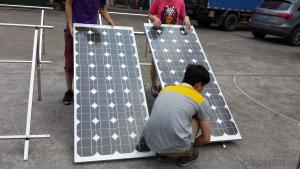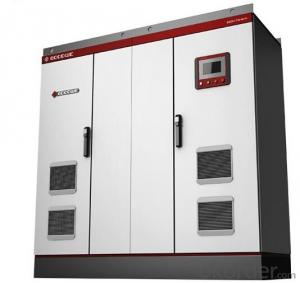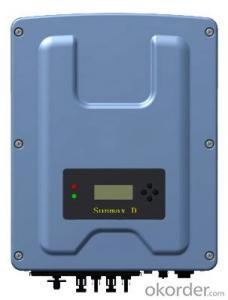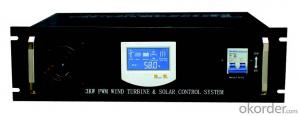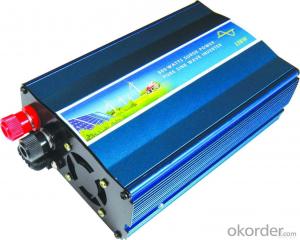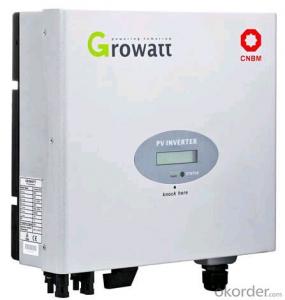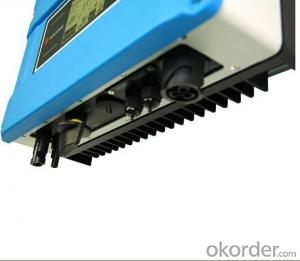On Grid Hybrid Solar Inverter
On Grid Hybrid Solar Inverter Related Searches
Hybrid Solar Inverter On Grid Solar Hybrid Inverter On Grid On Grid Solar Inverter On Grid Solar Power Inverter On Grid Inverter Solar On-Grid Hybrid Solar Inverter On Grid Solar System Inverter Off Grid Solar Hybrid Inverter Off Grid Hybrid Solar Inverter On Off Grid Solar Inverter Hybrid Solar Inverter Off Grid Solar Hybrid Off Grid Inverter Solar Inverter On/Off Grid Best On Grid Solar Inverter Off Grid Inverter Solar Off Grid Solar System Inverter Off Grid Solar Power Inverter Inverter Solar Off Grid 1kw On Grid Solar Inverter Hybrid Solar Inverter Solar Off Grid Inverter On Grid Solar Inverter Price Best Solar On Grid Inverter Solar Hybrid Inverter Off Grid Solar Inverter System Inverter Solar Hybrid Inverter For Off Grid Solar Solar Inverter Hybrid 4kw On Grid Solar Inverter Solar Grid InverterOn Grid Hybrid Solar Inverter Supplier & Manufacturer from China
On Grid Hybrid Solar Inverters are advanced power conversion devices that combine the benefits of solar energy with grid electricity. These inverters play a crucial role in modern renewable energy systems by efficiently managing the flow of power between solar panels, batteries, and the grid. They are designed to optimize energy usage, reduce electricity bills, and increase self-sufficiency in energy consumption. The application of On Grid Hybrid Solar Inverters spans across residential, commercial, and industrial settings, where they are utilized to harness solar power and integrate it with the existing power grid. This enables users to store excess energy, draw from the grid when needed, and even feed energy back into the grid during periods of surplus solar generation. Okorder.com stands as a reputable wholesale supplier of On Grid Hybrid Solar Inverters, boasting a vast inventory that caters to the diverse needs of customers worldwide.Hot Products


